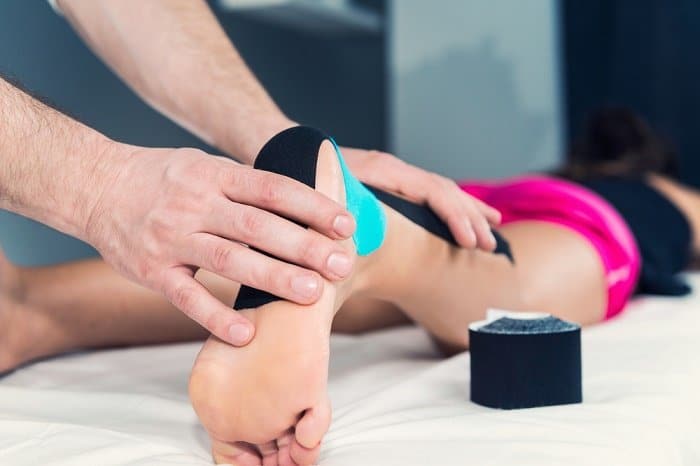Blog
The Ultimate Guide to Treating and Preventing Plantar Fasciitis
Plantar Fasciitis – one of the most common foot injuries
Running is high impact, and with every foot strike, your feet absorb a force many times your body weight.
So, it’s not surprising that roughly 15 percent of all running injuries strike the foot.
As the name implies, plantar fasciitis is an inflammation of the plantar fascia, which is the thick band of ligaments and tendons in the bottom of the foot that runs from the heel to the toes, joining the heel and forefoot and providing arch support.
In short, it’s foot pain in the bottom of the foot near to achilles tendon.
Another poll run by runnersworld.com revealed that up to 10 percent of its readers suffered from this injury this past year. So it’s quite common.
Symptoms for Plantar Fasciitis
- The common symptom of plantar fasciitis is a tight, tender sensation at the base of the heel that can range anywhere from irritating to excruciating.
- Most runners describe the pain as if they were stepping heel first onto a nail or walking on glass.
- The heel pain is worse when exercising or first thing in the morning.
Causes heel pain for Plantar Fasciitis and risk factors:
Known causes include:
- Weakness and/or tightness in the muscles of the foot. This forces the heel spurs to take on and withstand excessive load.
- Runners with abnormal feet—those with very high or very low
- Over pronation—the excessive inward roll of the foot during a foot strike, and supination—the excessive outward roll
- Ramping up mileage too quickly.
- Prolonged periods of standing, typically on hard surfaces without supportive footwear.
- Running in the wrong shoes
How to prevent Plantar Fasciitis
Do the following:
- Consider using kinesiology tape for additional support (read here more)
- Run in the right shoes. Make sure they fit your foot type and running gait. Go to a specialty running store or a certified podiatrist to ensure you’re making the right shoe decision.
- Stick to the 10 percent rule.
- Do foot strength exercises.
- Improve your running form
- Home remedies and sports med
DISCOUNT CODES:
Enter your name & email address, click the link below, and we will send you discount codes
Order Today
Up to 50% for your Starktape products

DISCOUNT EXPIRES IN:
00Days07Hours57Minutes52Seconds BONUS: in addition you'll receive free access to StarkTape VIP Memeber Club, to stay on top of the latest news and products.
DISCOUNT CODES:
Enter your name & email address, click the link below, and we will send you discount codes
Order Today
Up to 50% for your Starktape products

DISCOUNT EXPIRES IN:
BONUS: in addition you'll receive free access to StarkTape VIP Memeber Club, to stay on top of the latest news and products.
Treatment for Plantar Fasciitis
- To speed up healing, roll your injured limb over a frozen water bottle or a tennis ball for five minutes at a time, five times a day. You can also use a foam roller to loosen your plantar fascia.
- Try stretching. This simple stretch can help.
- Recovery time depends on the severity of the injury. It can range from one month to a year, but three to six months is relatively common.
- Stability shoes and orthotics can also be effective at reducing symptoms and speeding up recovery, but they are not a permanent fix.
- In severe cases, taking a long layoff from running is required. Swimming, biking, aqua running and other low-impact cross-training exercises are recommended.
- For more aggressive treatment options, use a kinesiology tape (check our article related to this), take anti-inflammatory medications.
Final word
If you are suffering from Plantar Fasciitis, the application of kinesiology tape can help you feel better. You can easily learn to apply the tape yourself, enjoying the pain relief it brings. At the same time, taping can help you improve your overall range of motion and forget all about stiffness or other similar problems caused by plantar fasciitis.



